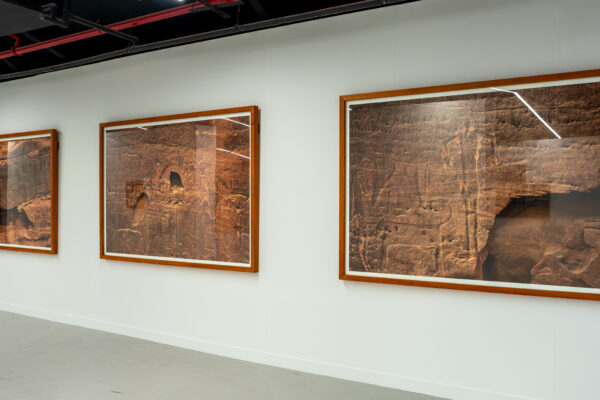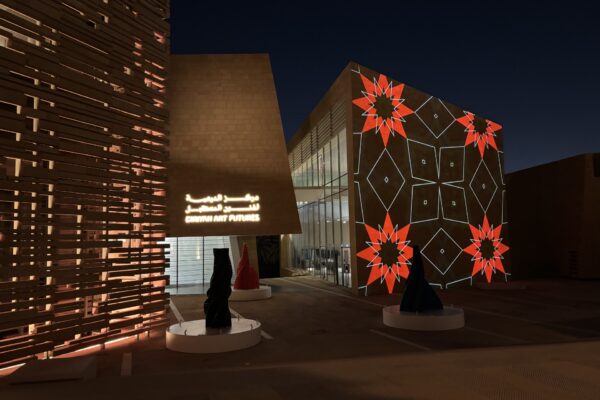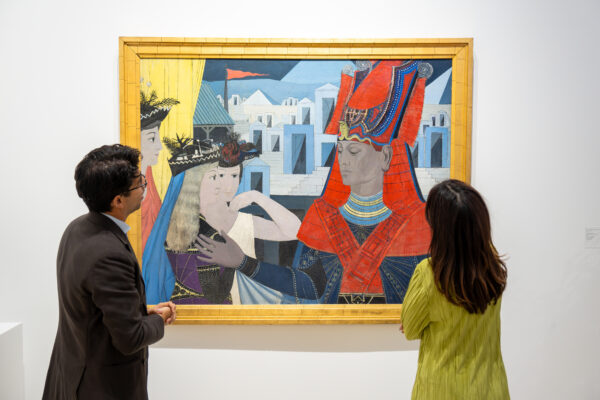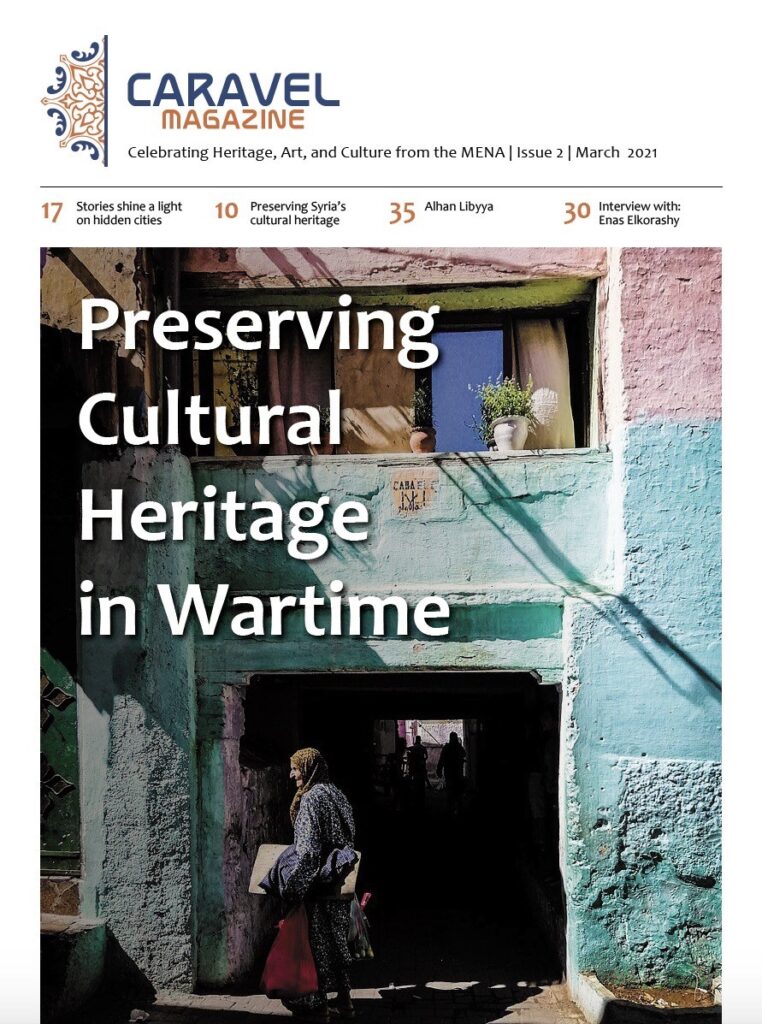The Sultanate of Oman has officially debuted at the 19th International Architecture Exhibition—La Biennale di Venezia—with its inaugural national pavilion, Traces. Curated by Omani architect Majeda Alhinai, the pavilion reimagines Oman’s traditional Sablah, a communal gathering space, as a model for contemporary civic architecture rooted in cultural continuity and spatial intelligence.
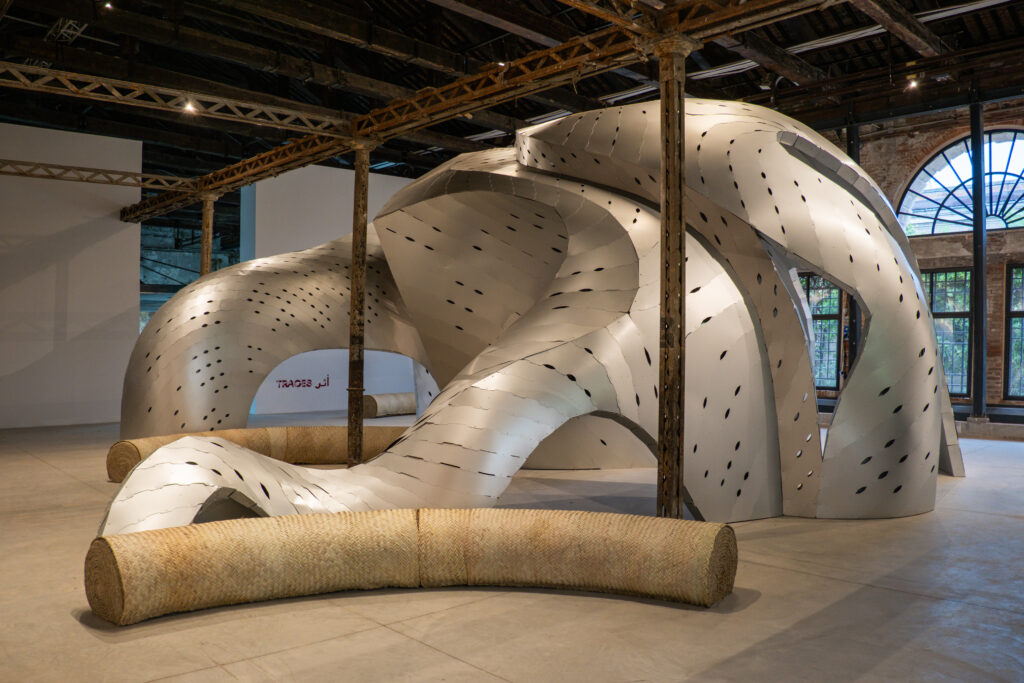
Far from a symbolic tribute, Traces reinterprets the Sablah not as an image but as a living architectural method. With its open circulation, adaptability, and ethos of hospitality, the structure invites visitors to experience an architecture of shared presence and informal civic engagement. “The pavilion is not a symbol of tradition. It is a working model for how civic space can be reimagined through embedded knowledge,” Alhinai said.
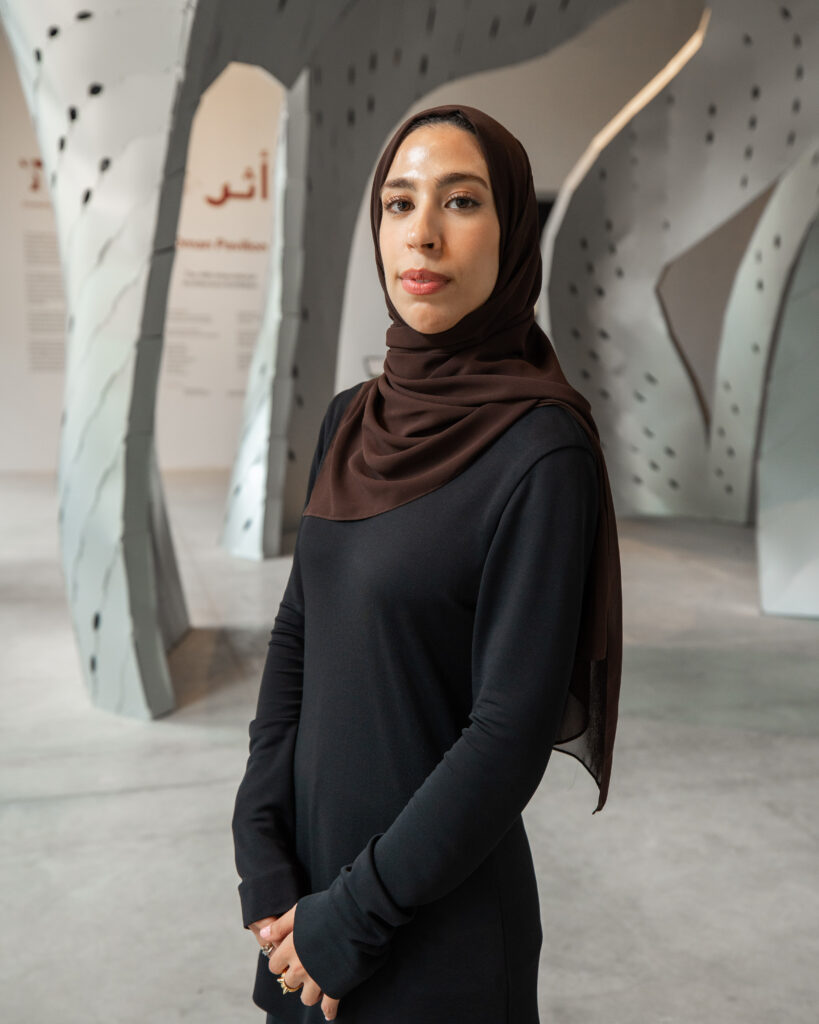
Constructed entirely from raw aluminum panels, the structure features intricate perforations inspired by traditional Omani patterns—from palm frond weaving to carved wooden doors and the Falaj irrigation system. These patterns are not merely decorative but serve as functional design elements that shape light, structure, and atmosphere.
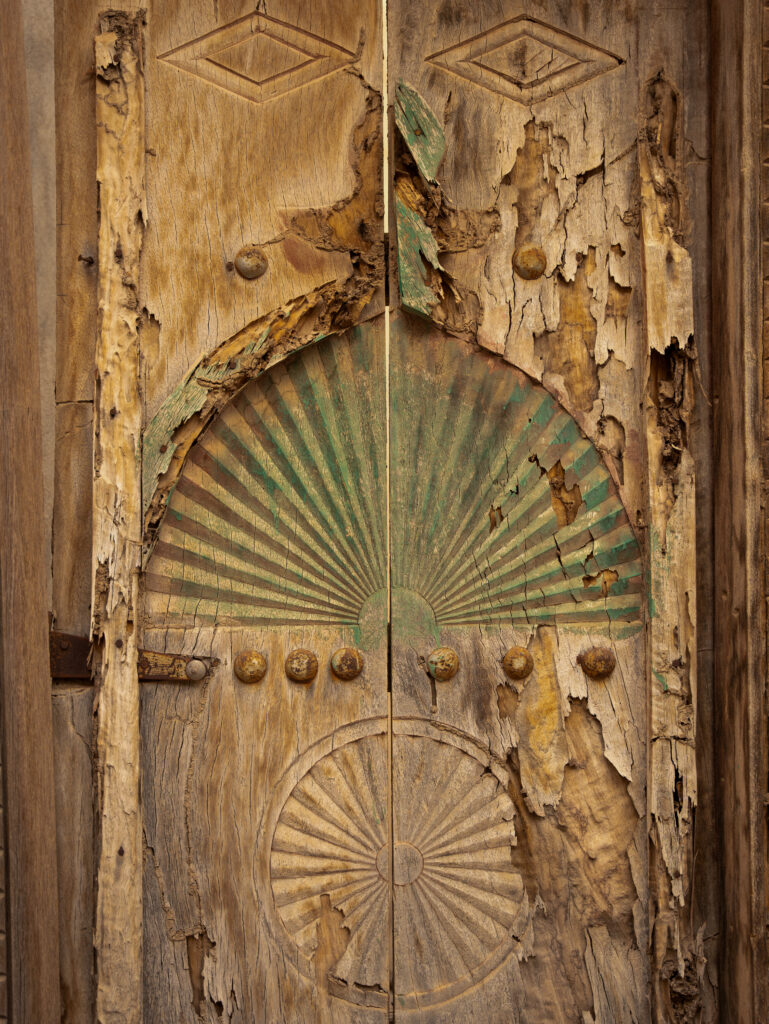
Designed with sustainability in mind, the pavilion was engineered for full disassembly and will be permanently relocated to Oman following the Biennale, continuing its role as a civic space.
With no fixed boundaries, doors, or designated paths, Traces embraces an organic, open layout. It encourages movement, gathering, and reflection, embodying the very spirit of hospitality and dialogue that defines the Sablah tradition.
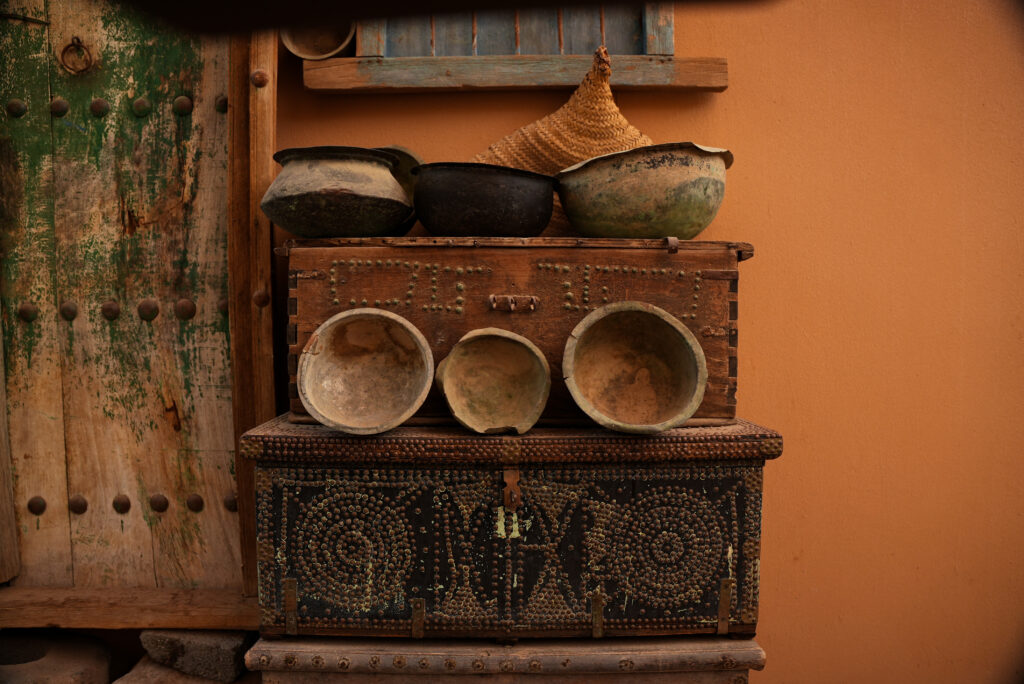
Oman’s participation marks a significant cultural milestone. It reflects a growing commitment to reinterpreting vernacular practices for global architectural discourse blending heritage with innovation on one of the world’s most prestigious stages.

